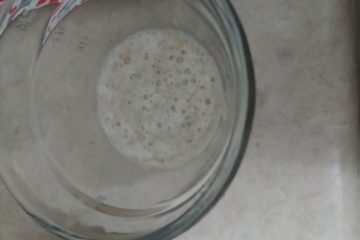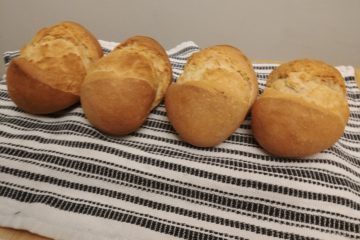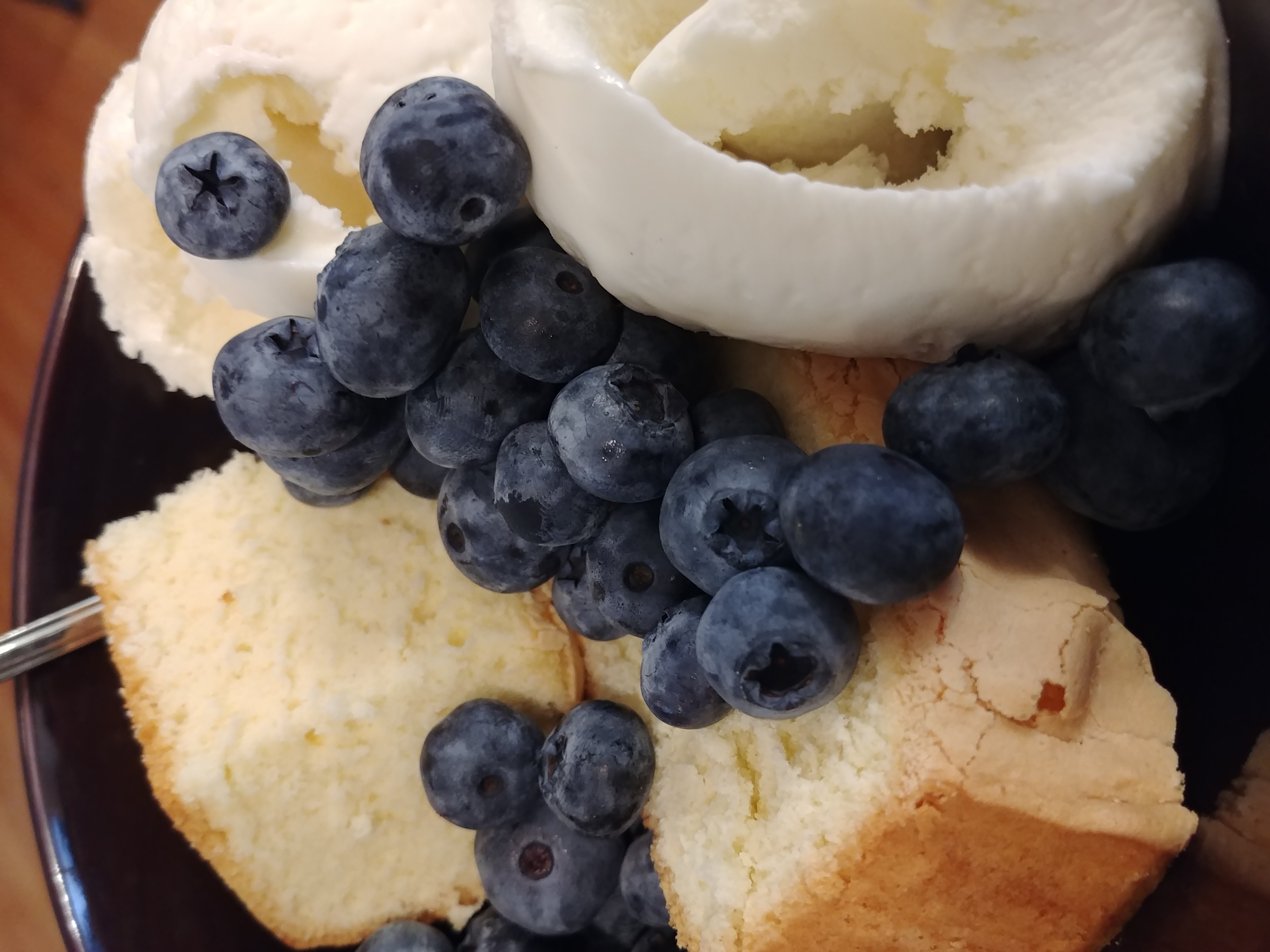So, I’ve decided to take a step away from the Swetnam research for a few minutes and do some baking. Well… kinda… I don’t have time this week for baking, so I’ll have to take care of this next week, but I can do the prep now.
I was alerted to a good looking period fruitcake recipe by Medieval Cooking, and kinda want to try it. Of course I then went to backtrack it and found that the original was translated by a Charles Potter… of course I can’t find that translation yet, but I’ll keep trying. It seems he’s in the SCA so I should be able to find him eventually.
The original text is called Libro Novo and is in Italian. I speak absolutely no Italian so a good translation is a must. What intrigues me the most is that there are four bread recipes in it, so I will need to find a full copy eventually. That being said. Lets take a look at the recipe that was posted at Medieval Cooking .
First recipe:
In the Libro Novo, which was written in 1557, it says:
To Make Mostazzoli of Sugar
Take three pounds of candied citron cut very finely, five pounds skimmed honey, five eights of an ounce of pepper, one scruple of saffron, three quarters of an ounce of cinnamon, three grains of musk, and enough flour that it will hold all these together. Make the Mostazzoli large or small as you would like them to be. You will bake them as you would pampapati.
Ok – fairly straight forward.
- 3 lb Candied Citron – diced
- 5 lb honey (6 2/3 cups)
- 5/8 oz pepper
- pinch saffron
- 3/4 oz cinnamon
- 3 grains musk
- flour
Now here’s the big assumption, water or no water. As I’ve found in the past it is sometimes incorrect to assume the addition of water to a recipe if it doesn’t call for it. Based on the amount of honey compared to the rest of the ingredients I’m going to say that probably no water except as needed to bring out the best in the saffron.
And the second version she posted (this time from Compendio de i secreti rationali)
The way to make “pan forte” that is made by the Spiciers (Chapter 39, Fifth book)
The strong bread that is made by the spiciers of Rome is called Peppered bread, because it contains pepper, in Bologna it is called spiced bread because they put inside many more types of spices, and in Venice they call it strong bread because of the pepper they put in, and in other places it is called in many other ways, however in all these places the way of making it is almost only one, and one makes it thus that is, one takes flour, and one gives it it’s raising agent (bigo) the same as one does for making bread, and then one pastes it (mixes it) with water and honey more of the one (first) than the other (second), and one puts into it pepper, saffron, cumin, cloves, candied gourd (could be squash given time period of writing) and candied orange peel, and all these above things one puts in in the quantity that is the opinion of the spicier, that one agrees is better to add to this bread; and when it is mixed make the bread and leave it to raise, and then put it to cook in the oven, taking care that the oven is not too hot when you add the bread, and this is very healthy to the stomach because of the spices it has inside.
- flour
- leaven
- water
- honey
- pepper
- saffron
- cumin
- cloves
- candied gourd
- candied orange peel
Jennifer Strobel has much more experience at this than I do, and so I should probably follow her redaction of the two. But being me I’ll try bashing around like a bull in a china shop instead.
I like the first version – however it omits leaven and water – which I generally consider essential in most doughs. The second gives those two ingredients – so I’ll give it a shot. I’ll be using mostly the first version – but will be using cumin and cloves instead of musk seed (I’m being lazy and have cumin and cloves in my spice cabinet but not musk seed).
- 3 lb Candied Citron – diced
- 5 lb honey (6 2/3 cups)
- 5/8 oz pepper (2 1/2 Tbsp)
- large pinch saffron (about a gram)
- 3/4 oz cinnamon (3 Tbsp)
- cumin (1/2 Tbsp)
- 5 cloves ground
- flour
- 7 cups water
- 2 tbsp yeast
Ok, that’s a lot. So I’ll pare it down.
- 3/4 lb candied citron
- 1 1/2 cups honey
- 1 Tbsp fine ground pepper
- small pinch saffron
- 1 tbsp cinnamon
- 1/2 tsp cumin
- 2 cloves ground
- 2 1/3 cups warm water
- 1 tbsp yeast
- 1 cup whole wheat flour
- 2 cups white flour
- extra white flour to feel
- in a large bowl take warm water, add saffron, wait about five minutes
- add yeast (I know I should be using barm, but I’m out), spices, and honey
- add ww flour and mix into batter
- Cover with two cups white flour
- Cover bowl and let stand 1 hour
- Turn out and kneed adding flour as needed
- kneed in candied citron and place in greased bowl to rise
- pre-heat oven to 375 with baking stone inside
- lightly squish down dough and form into round
- bake till cooked in center
Ok, doesn’t look too hard. My worries:
- no salt. This could cause an odd flavour
- crust. I’m not doing the first one with steam to see how it turns out. It could be a little hard inside instead of nice and chewy
I’ll be trying this out next week hopefully and testing it out on my co-workers.
Many thanks to Jennifer Strobel for doing this on her blog as without her I wouldn’t have even known about this recipe.



3 Comments
c · January 1, 2017 at 4:24 pm
Panforte is never ever leavened. Its hard and chewy at most. Its not a cake at all.
Tomas deCourcy · January 2, 2017 at 10:55 am
The final version I made didn’t have any leaven in it. And was essentially panforte. You can see that here: http://wp.me/pZiFV-fy
The original recipe for one of them here does use some sort of leaven, but I don’t know what would have been used. Perhaps some version of sourdough starter. Though ale barm isn’t out of the realm of possibility.
I’m calling it fruitcake because it’s the closest English item to the original and I wanted it to be evocative. But yes, panforte is what this is.
Medieval Fruitcake – Tomas de Courcy · November 29, 2016 at 7:53 am
[…] number of years ago I put together what I thought might be a good period fruitcake recipe. I never got around to making […]